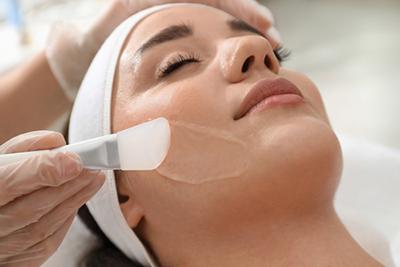
Location
Primary Location
Queen's Physician's Office Building 1 (POB1)
1380 Lusitana St # 412
Honolulu, HI 96813 US

My Blog
-
What Can a Chemical Peel Do for Your Skin?
updated: Oct. 01, 2023

-
What To Expect From Laser Hair Removal?
updated: Sep. 21, 2023
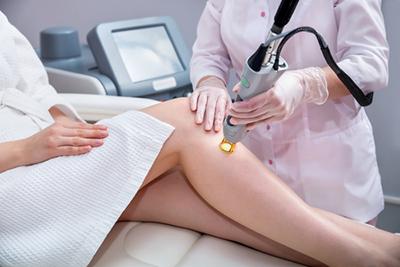
-
Acne Treatment Options
updated: Sep. 12, 2023
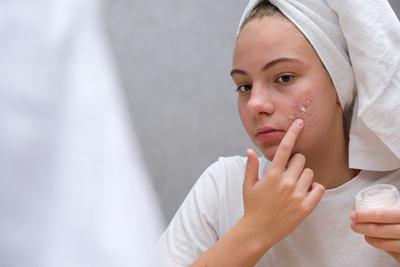
-
Why Taking Care of Your Skin Is Important
updated: Sep. 01, 2023
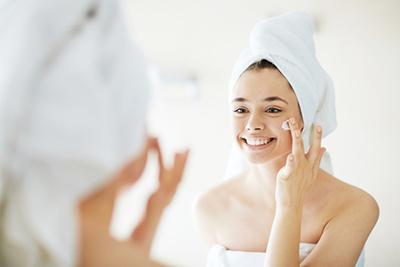
-
Skin Care Tips for a Radiant Complexion
updated: Aug. 14, 2023

-
The Power of Chemical Peels
updated: Aug. 01, 2023
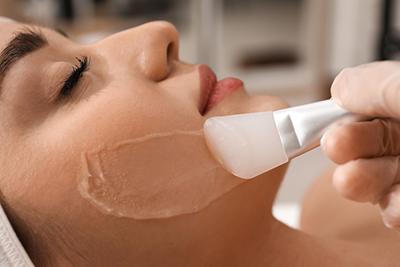
-
Understanding Acne: Causes and Treatment Options
updated: Jul. 13, 2023
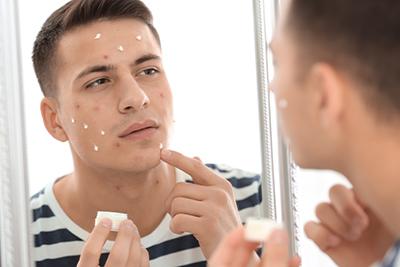
-
Treating Eczema in Adults
updated: Jul. 01, 2023

-
Common Causes of Rashes
updated: Jun. 22, 2023
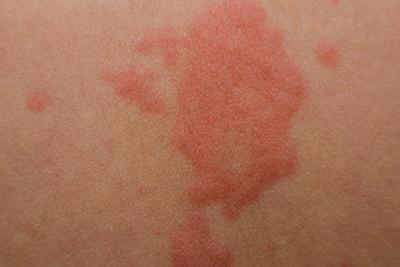
-
Treatment Options for Acne Scarring
updated: Jun. 06, 2023
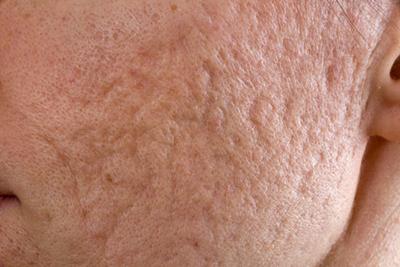
-
The ABCDEs of Skin Cancer: Understanding the Signs and Symptoms
updated: May 16, 2023
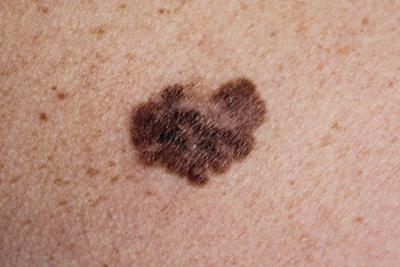
-
Eczema: Understanding Triggers and Treatment Options
updated: May 08, 2023
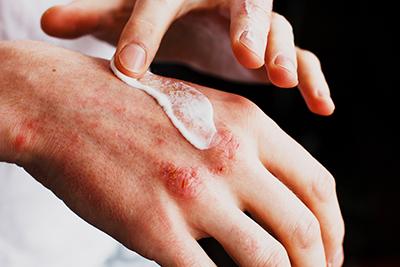
-
Common Skin Conditions: Eczema, Psoriasis, and Rosacea Explained
updated: Apr. 21, 2023
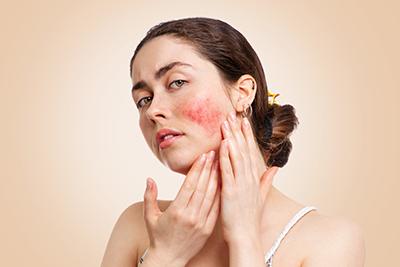
-
When to Visit Your Dermatologist
updated: Apr. 07, 2023
Your young children, teenagers, adults, and elderly family members can receive thorough skincare from a dermatologist. From head to toe, they examine your skin and take care of any suspicious Read more -
Skin Cancer Prevention Tips
updated: Apr. 07, 2023
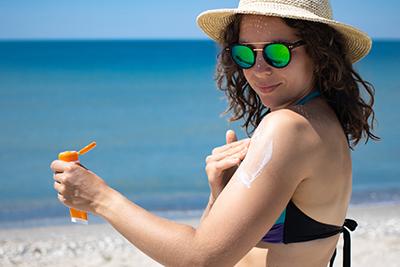
-
Skincare Tips for Every Skin Type: How to Keep Your Skin Healthy and Radiant
updated: Mar. 23, 2023

